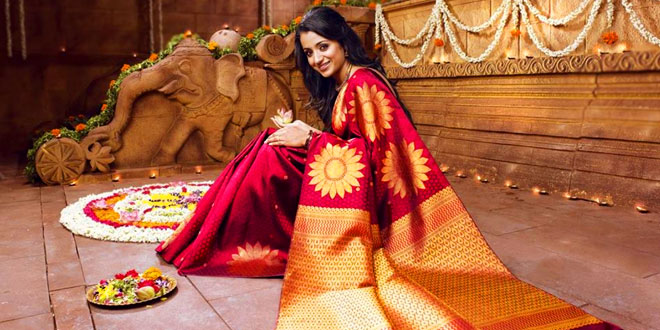Question: How did the inventions of Spinning Jenny and Steam Engine revolutionise cotton textile weaving in England?
Answer: Textile industries had just emerged in England in the early 18th century. So, it was difficult for the English producers to compete with Indian textiles. This competition with Indian textiles led to a search for technological innovation in England. In 1764, the Spinning Jenny was invented by John Kaye which increased the productivity of the traditional spindles.
Then came the steam engine. It was invented by Richard Arkwright in 1786. These two inventions revolutionized cotton textile weaving in England. Cloth could now be woven in immense quantities and cheaply too.
Question: Give a description of the four regions where textile production was concentrated in the early 19th century.
Answer: Textile production was concentrated in the following four regions in the early 19th century:
- Bengal was one of the most important centres. Located along the numerous rivers in the delta, the production centres in Bengal could easily transport goods to distant places.
- Dacca in Eastern Bengal, present- day Bangladesh, was the foremost textile centre in the 18th century. It was famous for its mulmut and jamdani weaving.
- Textile production was concentrated along the Coromandal coast stretching from Madras to no them Andhra Pradesh.
- On the western coast there were important weaving centres in Gujarat.
Question: Who were the weavers? Name some communities famous for weaving.
Answer: Weavers often belonged to communities that specialized in weaving. Their skills were passed on from one generation to the next.
List of some communities famous for weaving includes:
- The tanti weavers of Bengal.
- The julahas or momin weavers of north India.
- Sale and kaikollar and devangs of South India.
Question: Describe the process of cloth making.
Answer: The process of cloth making consists of two stages:
- The first stage of production was spinning, i.e. work done mostly by women. The charkha and the takli were household spinning instruments. The thread was spun on the charkha and rolled on the takli
- When the spinning was over the thread was woven into cloth by the weaver. In most communities weaving was a task done by men. For colored textiles, the thread was dyed by the dyer, called rangrez. For painted cloth the weavers needed the help of specialist block printers called chhipigars.
 Class Notes NCERT Solutions for CBSE Students
Class Notes NCERT Solutions for CBSE Students



Very useful!